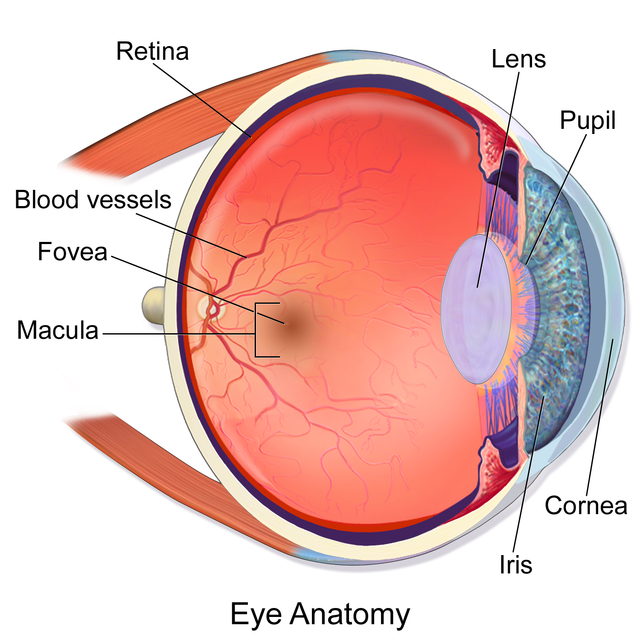The retina is the thin neural tissue lining the back of the eye. It contains blood vessels that supply necessary nutrients to different areas of the retina. Retinal vein occlusions can occur when a retinal vein becomes blocked, usually at a point where a retinal artery crosses over the vein. If the involved vein supplies the entire retina, it is called a central retinal vein occlusion, but if it services only a part of the retina, then it is called a branch retinal vein occlusion.
Either a central or a branch retinal vein occlusion can cause macular edema (swelling) of the retina as fluid leaks through the blocked blood vessel into the retina. The swelling can significantly decrease the vision.
In some types of retinal vein occlusions, new blood vessels can form in response to the loss of blood flow. The new blood vessels can grow over the drainage network of the eye, causing elevated eye pressure, sometimes with intense pain. The blood vessels can also cause a type of bleeding inside of the eye called vitreous hemorrhage.

